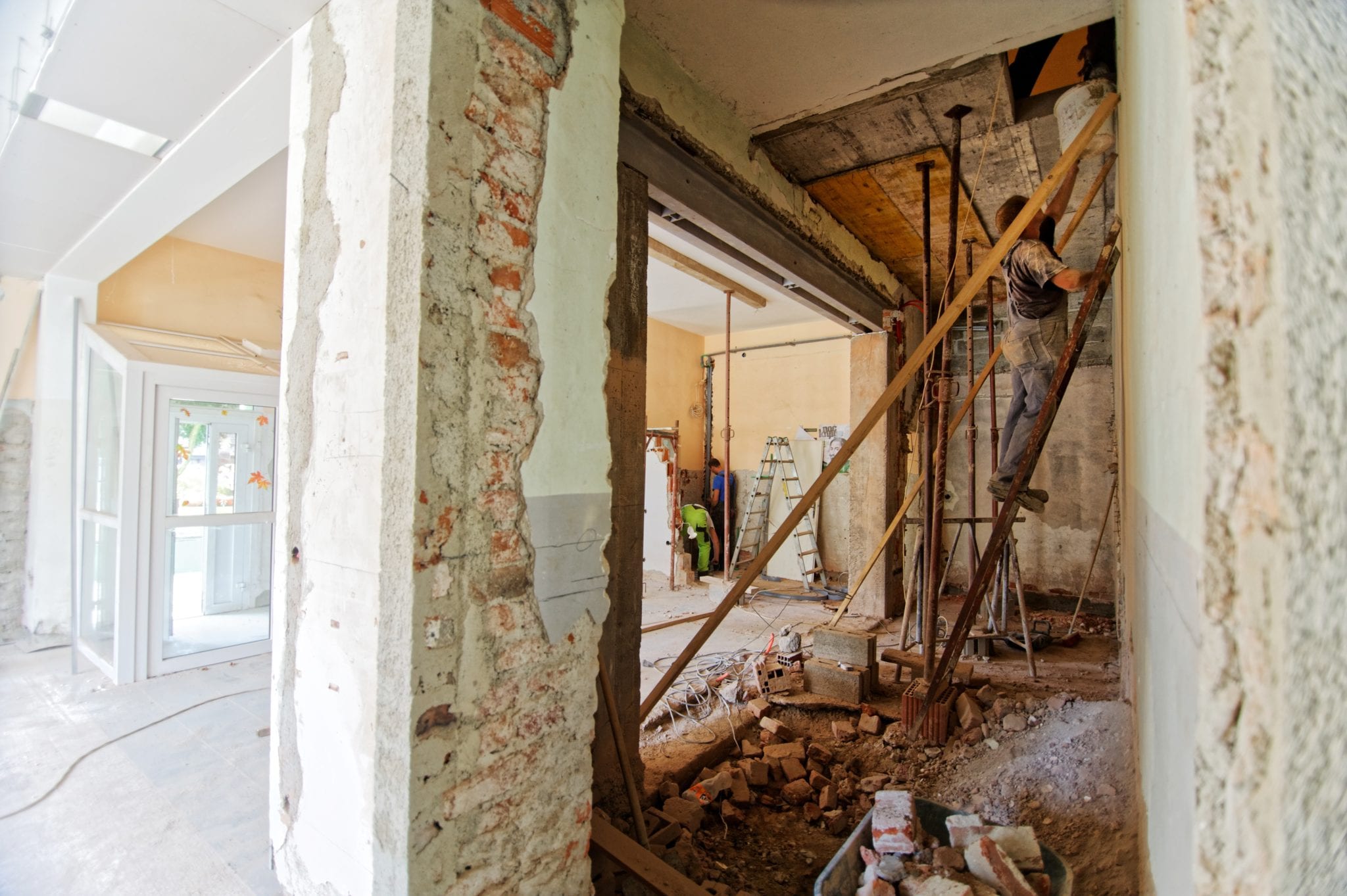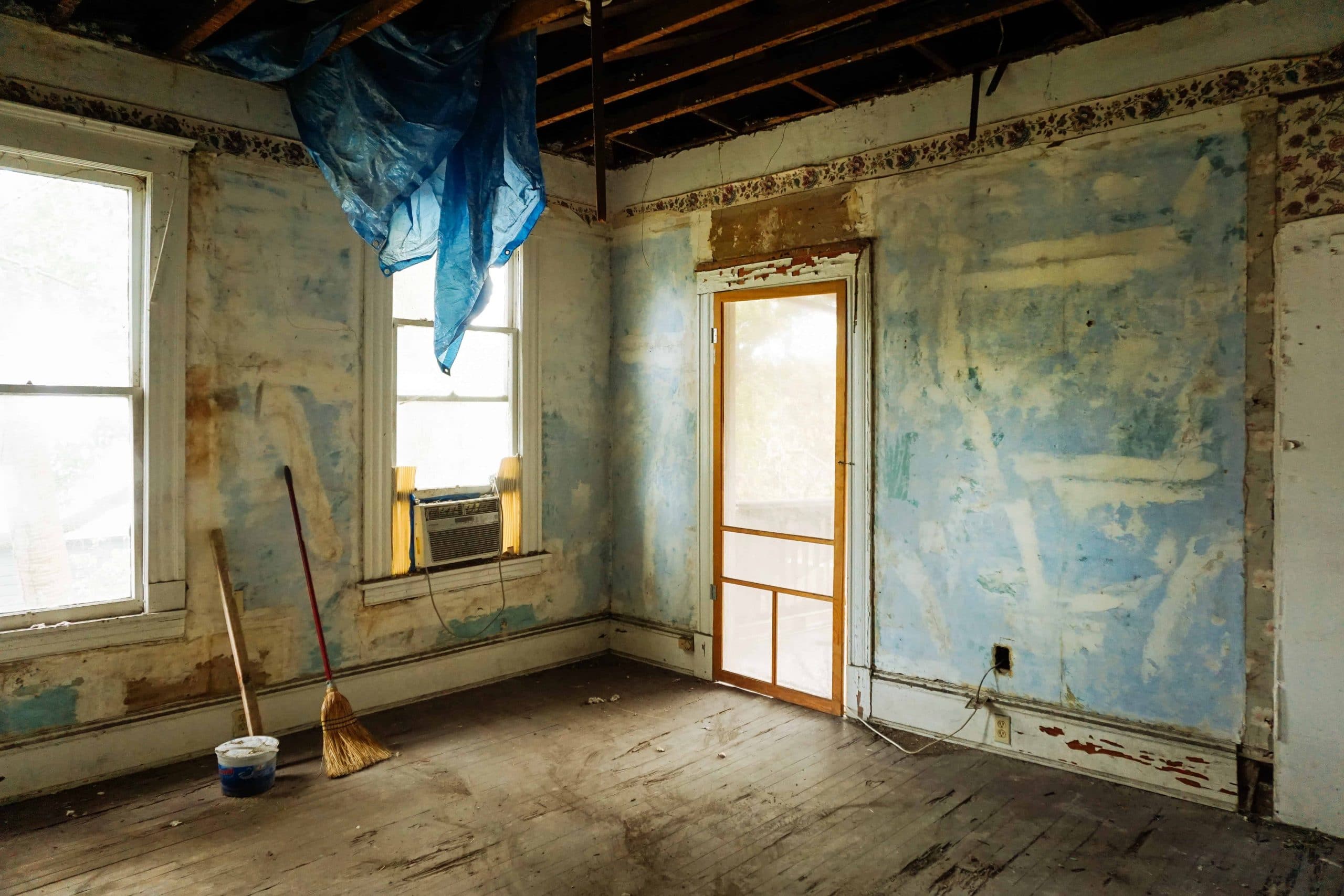As a homeowner, ensuring the safety and comfort of your living space is a top priority. One hidden danger that might lurk in older homes is asbestos. This naturally occurring mineral was once popular for its durability and heat resistance, but it poses serious health risks when disturbed. If you’re unsure whether your home harbors this hazardous material, don’t panic. You can proactively identify potential asbestos sources before they become an issue. But if you have already confirmed that your home contains asbestos, consider getting an asbestos removal. Now, let’s explore how to spot these dangers confidently and protect your family from harm.
Check the Age of Your Home
One of the first steps in identifying asbestos is to check the age of your home. Properties built before 1980 are more likely to contain asbestos materials. During this period, it was widely used in construction for insulation, roofing, and flooring. If your house dates back several decades, it’s essential to be cautious. Look into renovations or repairs that may have been done over the years as well. Even if you think new materials were used, older components might still exist behind walls or under floors.
Observe Material Condition
The condition of your home’s materials is critical when checking for asbestos. Look closely at insulation, tiles, and textured ceilings. If these materials are damaged or crumbling, it raises a red flag. Pay attention to areas with water damage. Leaks can compromise the integrity of building materials that might contain asbestos. Discoloration or sagging surfaces often indicate issues that need investigation. Keep an eye out for friable materials that can be easily crumbled by hand. This includes some types of insulation and plasterwork.

Conduct a Visual Inspection
A visual inspection is an essential step in identifying asbestos. Start by examining areas more likely to contain it, such as basements, attics, and around heating systems. Look closely at insulation materials, particularly those with a fibrous texture. Asbestos may appear gray or white but can also be found in various colors depending on the type of installation. Check for damaged materials like ceiling tiles or floor coverings. Crumbling edges and discoloration can signal potential asbestos presence. Pay attention to older homes built before the 1980s.
Take Samples Cautiously
When it comes to handling potential asbestos, caution is key. If you suspect that materials in your home contain asbestos, taking samples should be done with care. Use protective gear like gloves and a mask to minimize exposure. It’s vital to prevent fibers from becoming airborne during the sampling process. Choose small sections of material for testing—think about floor tiles or ceiling textures where damage might have occurred. Seal each sample in a plastic bag, ensuring it’s airtight before moving it. Always label your samples clearly to avoid confusion later on.
Identifying asbestos in your home is crucial for ensuring your and your family’s safety. Understanding the age of your property can provide valuable clues, as materials containing asbestos were commonly used prior to the late 1970s. Pay close attention to the condition of various materials; signs like discoloration, crumbling edges, or peeling paint are red flags. If you’re ever in doubt about any findings during your assessments or inspections, it’s wise to consult professionals who specialize in hazardous material testing and removal. Your health matters most—taking proactive steps will lead you toward a safer living environment.…
